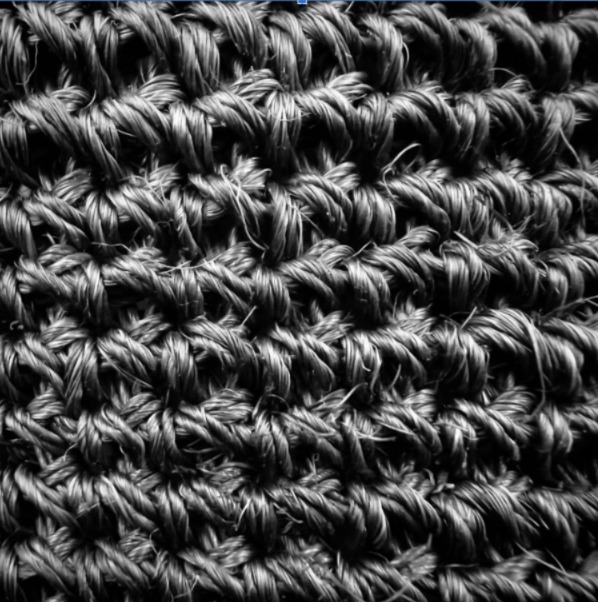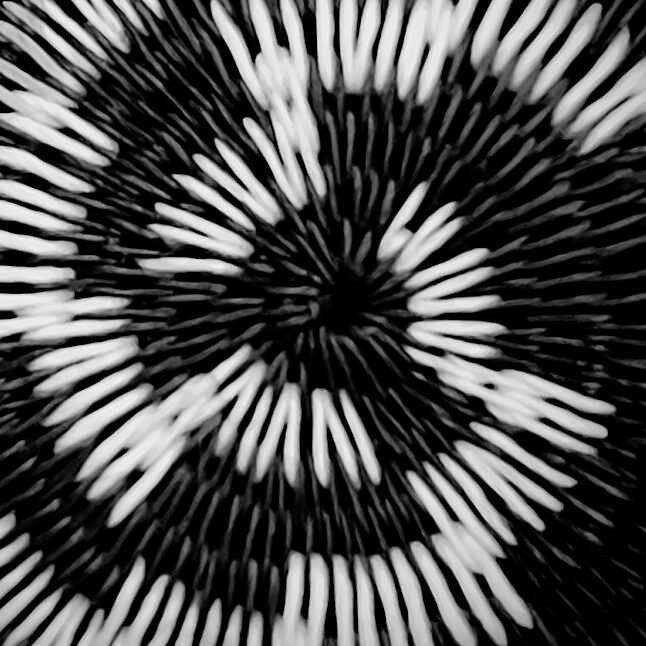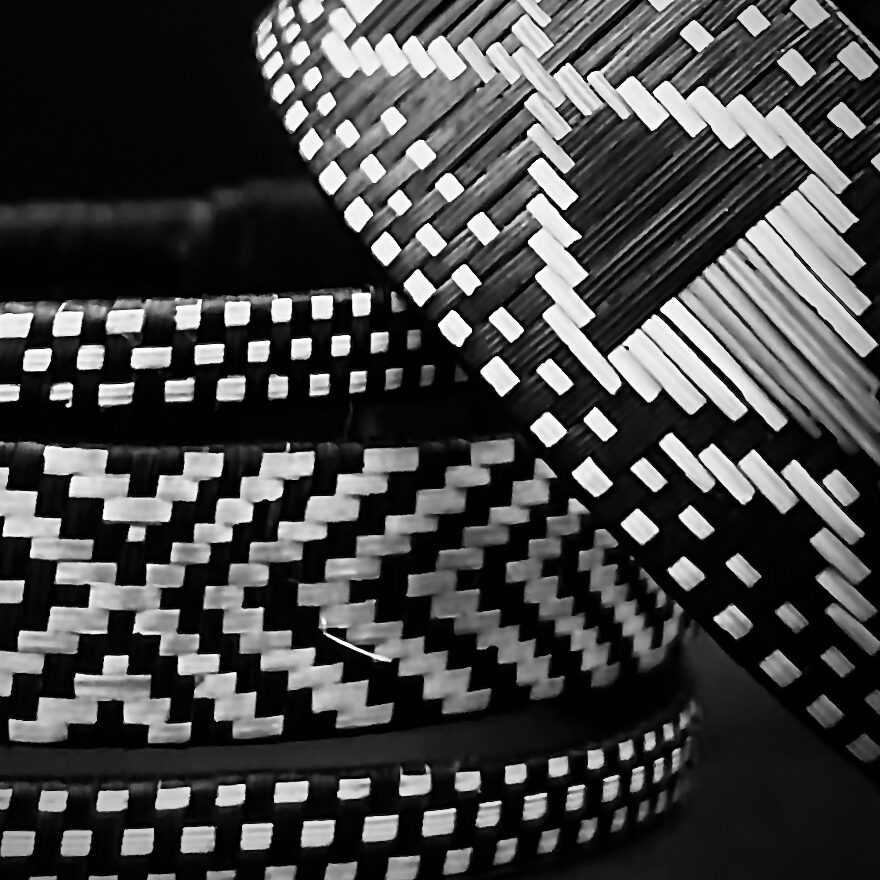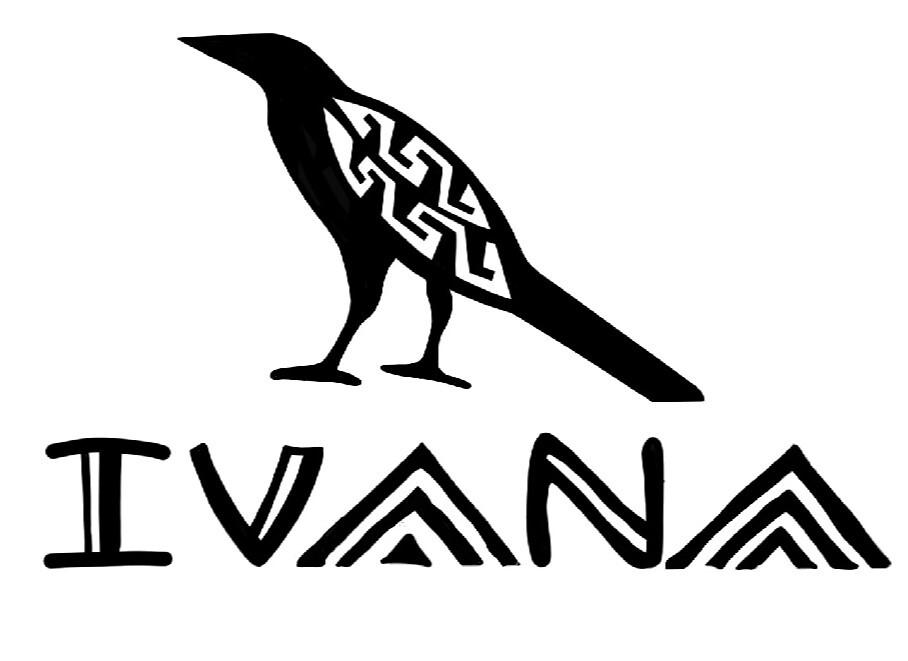Your cart is currently empty!

Fique
Fique is an indigenous plant native to the Andes region. Colombia is the world’s leading fique grower, but what’s important is that its cultivation is not industrialized-it provides employment and sustenance for 70,000 peasant families. Also, it has been an important plant in indigenous cosmology since the precolonial period until today, as seen among the Kankuamo people. Fique belongs to the Agave subfamily; similar species in Mexico are used to make tequila. In Colombia, fique has today many uses, from crafting beautiful and delicate artifacts to making basic tools, such as packaging for coffee and cocoa exports, and even for tying cows in pastures due to its resilience.

Werrengue
The craft of werregue is unique in the world. Anthropologists believe that this weaving tradition has African origins, characterized by exactness, coordination, and rhythm. Today, it is primarily practiced by the Wounaan and Embera indigenous peoples living in the Chocó region, which boasts one of the strongest Afro-descendant communities outside of Africa. The craft is notable for its challenging technique, which allows for the weaving of palm fiber so solidly that the crafted baskets are capable of even transporting water.
All colors are of natural origin. For example, white is the natural color that remains in the ‘werrengue after its preparation process before dyeing.
‘Puchicama’ is the plant used for dyeing; when mixed with ‘werrengue’ and buried underground, it results in the color black (after 4 hours).
However, if cooked without being buried underground, it will result in the color red

Caña Flecha
Caña flecha is a plant very similar in appearance to sugar cane, but slightly thinner. Crafts made from caña flecha have been renowned since pre colonial times, originating from the Zenú culture, native to the Sinú River region on the Caribbean coast of Colombia. It has also been used for various other purposes: the stem, once the plant has flowered, is used to fence houses; the spike of the inflorescence, for fishing arrows; the ear, as a natural or brightly colored ornamental element at home. The bagasse is given to animals as fodder when grass is scarce, and some attribute diuretic medicinal qualities to it. The legendary vueltiao hats and other handicraft items are produced from the fiber obtained from the central vein of the leaves.
The natural color of the fiber is white or cinnamon. However, the fibers can be dyed using natural vegetable and mineral dyes to achieve colors such as black, brown, red, yellow, and green. The fibers are cooked in clay pots with the dyes three times to obtain the desired color.
